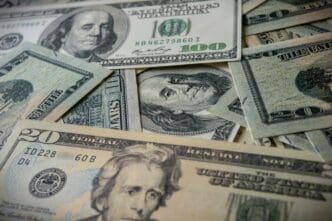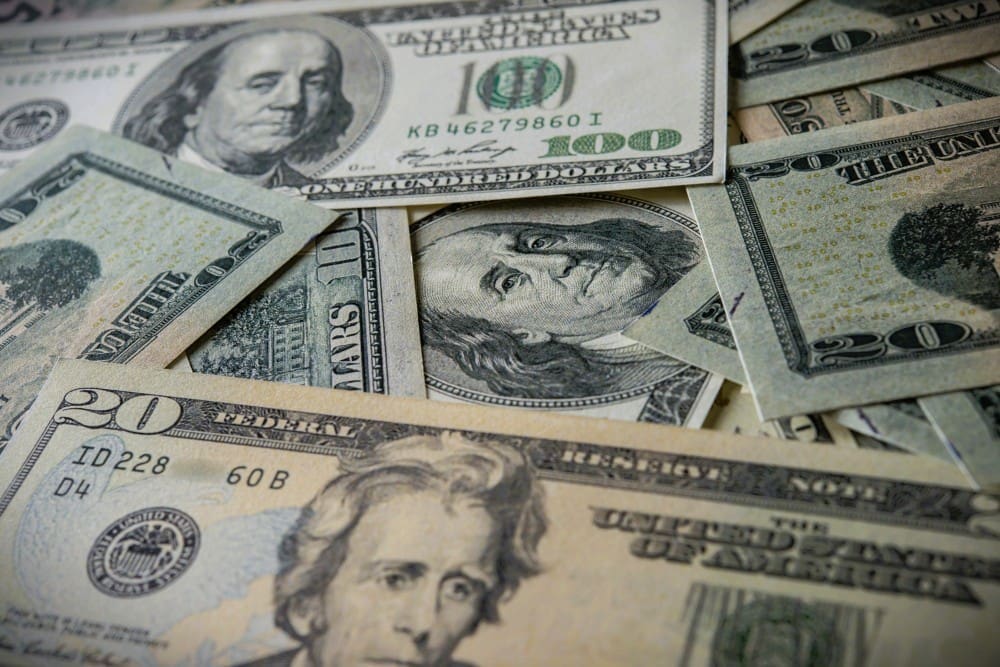The Japanese yen surged to its highest in over two months on Friday, driven by a spike in the country’s inflation rates, while the dollar faced its third consecutive weekly decline. These movements come as traders reassess the implications of Donald Trump’s second presidential term, which has seen more rhetoric than action concerning tariffs.
The yen broke past a significant chart resistance level of 150 per dollar overnight, strengthening to 149.285 per dollar early in the Asian trading session. This rise followed Japan’s report of core inflation running at its fastest pace in 19 months as of January, putting upward pressure on the yen.
In Europe, the euro appreciated by 0.8% overnight and held steady at $1.0498 as traders awaited the outcome of Germany’s weekend election. A conservative coalition victory is anticipated, which could further influence currency markets.
The dollar sustained broader losses as bullish investors, who had previously taken large positions expecting a trade war, began retracting. Trump’s inconsistent tariff announcements have added to market uncertainty. Although he imposed a 10% tariff on Chinese goods and hinted at reapplying steel and aluminum levies, other threatened tariffs remain unexecuted.
“It was a very one-sided trade and very heavy long positioning,” commented Jason Wong, a strategist at BNZ in Wellington. “With only a 10% tariff on China so far, the market is pulling back some positions.”
In the context of rising inflation in Japan, evidenced by a core consumer price index climbing to 3.2% annually, there is speculation about a potential rate hike in Japan, which contrasts with potential rate cuts elsewhere. Consequently, the yen has risen 3.6% against the dollar throughout February.
Market reactions to Trump’s comments on a possible trade deal with China further lifted the Australian and New Zealand dollars. Comments from Treasury Secretary Scott Bessent about holding back on increasing long-term debt sales have exerted downward pressure on yields and the dollar.
The U.S. dollar index fell to its lowest point in 2025, registering at 106.29 before a slight recovery to 106.45. Despite recent rate cuts, both the Australian and New Zealand dollars have reached their highest levels this year. Australia’s central bank remains cautious about further rate cuts.
The New Zealand dollar touched $0.5772, marking a significant increase, while the Australian dollar rose above 64 cents, both reaching new highs for the year. Meanwhile, the offshore yuan remained steady at 7.2419 per dollar, following news of a potential visit by Chinese President Xi Jinping to the U.S.
In the UK, the British pound reached its highest value since mid-December at $1.2674, with global purchasing managers’ index data expected later in the day.
As the week concludes, the dollar’s performance underscores a volatile period characterized by shifting trader expectations and geopolitical influences. The interplay between currency strengths and economic indicators like inflation and trade policy continues to define the market landscape. While cautious optimism surrounds potential U.S.-China trade talks, the prevailing market sentiment remains one of careful observation.








